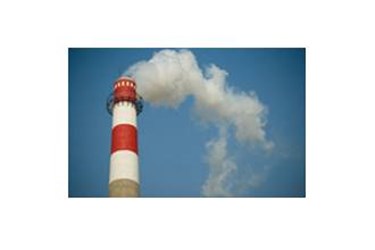Chinese Steel Factories, Power Plants Exceeding Pollution Discharge Limits

Thermal power plants and steel factories in eastern China that share real-time monitoring data are seriously exceeding nationalpollution discharge limits, according to the Institute of Public & Environmental Health.
The Beijing-based group, in conjunction with Renmin University Institute of Environment and Planning, the SEE foundation, Friend of Nature, Envirofriends and Nature University, examined the real-time disclosure of online monitoring data. The report calls for close public supervision to motivate factory and power plant operators to reduceemissions.
The group’s Blue Sky Roadmap-Atmospheric Pollution Investigation Phase II Report, found a group of large-scale thermal power plants and steel factories in the Shandong and Hebei provinces had emissions that were in serious breach of discharge standards. Some of these enterprises continued to exceed discharge standards even when the local area was experiencing a period of severe pollution, the report says.
Nitrogen oxide discharge volume for eight major pollution sources in Shandong and eight in Hebei were 37 times and 30 times greater, respectively, than the discharge from eight main pollution sources in Beijing over the same period from October to December 2013, the report says.
The group says significant progress has been made in how Chinapublishes information and provides emergency air quality warnings since the group’s last report was published in 2011.
In 2013, the provinces of Shandong, Zhejiang and Hebei provinces began to publish real time online monitoring data for key pollution sources. As of Jan.2, 179 cities were releasing quality information in real time, the group says.
Residents can access the data via their computer or smartphone. Real time disclosure has highlighted serious pollution, which has prompted several areas to create emergency plans for times when pollution is severe, the group says.
Analysis of the real-time data finds that pollution has obvious regional characteristics. IPE says studying pollution sources must be expanded beyond evaluations of individual cities to a more regional analysis.
Despite efforts to reduce air pollution, China approved the construction of 15 new major coal mines with 101.3 million metric tons annual production capacity last year. This is six times more than in 2012 and equal to 10 percent of annual US usage.
Source: Environmental Leader LLC
